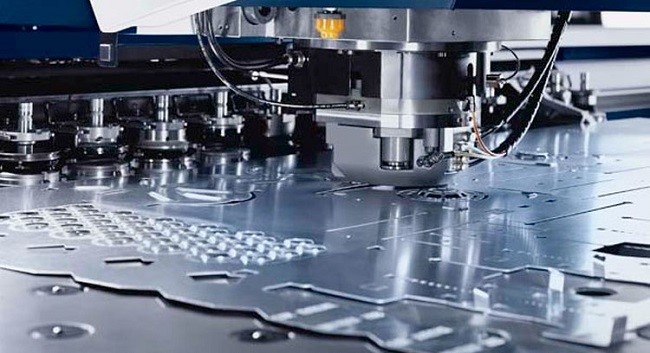
Sheet metal fabrication is
an entirely adaptable procedure, so it tends to be utilized in many businesses
to make everything from parts to car bodies. A few businesses that depend on it
incorporate the aviation, development, car, HVAC, shopper products, mechanical
autonomy, hardware, and vitality divisions, yet that is a long way from a
comprehensive rundown. That is on the grounds that the requirement for
mechanical items from metal is all over, from lodgings to riggings to holders.
Metal is a solid and enduring material utilized in each industry. An item
produced using sheet metal is commonly simpler or quicker (and along these
lines more affordable) to make than an item produced using throwing or added
substance fabricating. There are many types of metal fabrication and metal
prototyping from laser cutting to power cutting to mechanical.
So, before jumping to other things, it is essential
to understand the types of metal fabrication processes-
The
excursion from sheet metal to metal products begins from CAD designing. In the
wake of making the models, each part experiences the important sheet metal
fabrication forms. The most widely recognized ones are:
1. Laser Cutting:
Laser
cutting is the favored choice for cutting sheet. A speedy and accurate cutting
technique that ensures great outcomes. With thicker materials, plasma cutting
might be utilized in view of its speed. This favorable position is just clear
with thicknesses upward of 10 mm, however. Simultaneously, cutting quality
favors laser cutting. So we would encourage to rather go with laser cutting
administrations.
2. Mechanical Cutting:
Shearing,
or kick the bucket cutting, alludes to a procedure that cuts sheet metal
without burning or softening it. Additionally, it doesn't deliver any chips.
Fundamentally, shearing isn't excessively quite the same as cutting with
scissors. It is an extraordinary and financially savvy strategy to cut sheets
into size at whatever point complex cuts are a bit much.
3. Punching:
Punching
is another route for cutting gaps into a sheet. A metal punch hits the sheet,
puncturing it. It is appropriate for huge production however not savvy for
littler occupations. The explanation lies with the requirement for a different
apparatus for various cuts.
4. Bending:
With
regards to real engineering, there aren't many metal segments that escape the
twisting area of a manufacturing shop. Press brakes are liable for the
collapsing of sheet metal parts. This is presumably the most troublesome
advance in metal assembling in view of the unpredictability of certain curves.
A specialist must be very much familiar with the constraints of metal twisting
to things that are really producible.
5. Power Cutting:
Powder
covering is where an electrostatic powder is applied to a charged metal
segment. It is the favored surface treatment strategy when no extraordinary
prerequisites, similar to wear-overwhelming or acidic situations, apply to the
construction.
So,
now as you know about sheet metal prototyping and
its types; it is recommended to choose the reputed suppliers of sheet metal
fabrication in China.
















